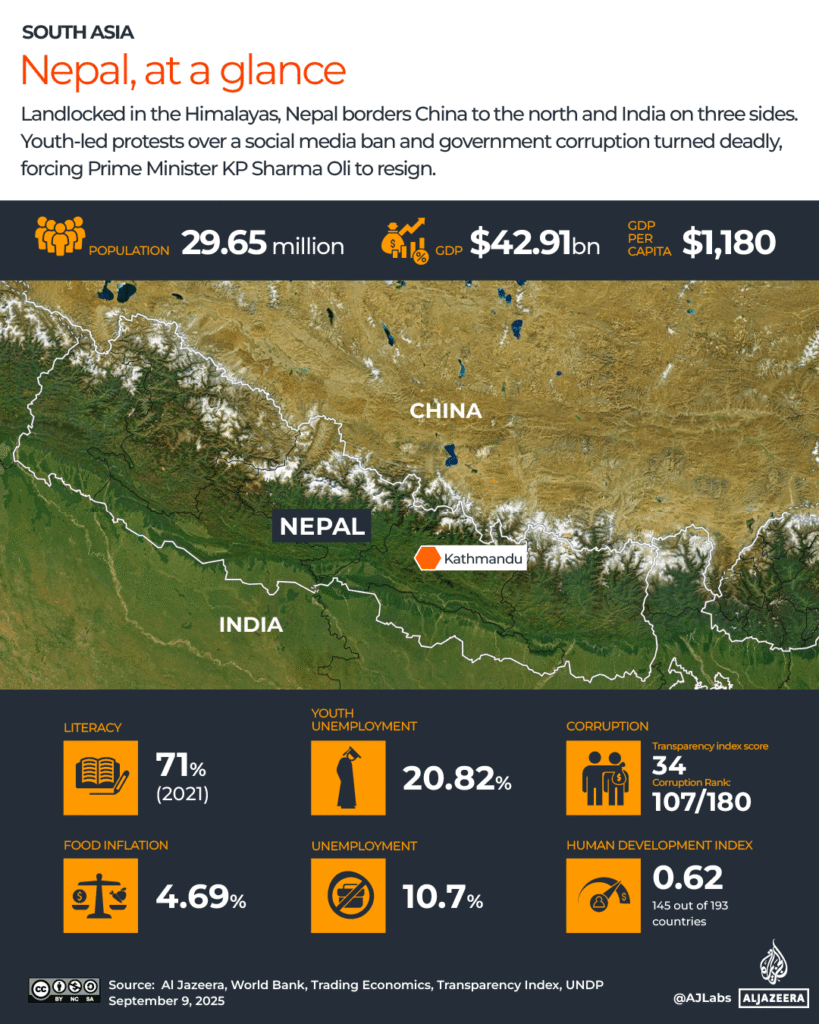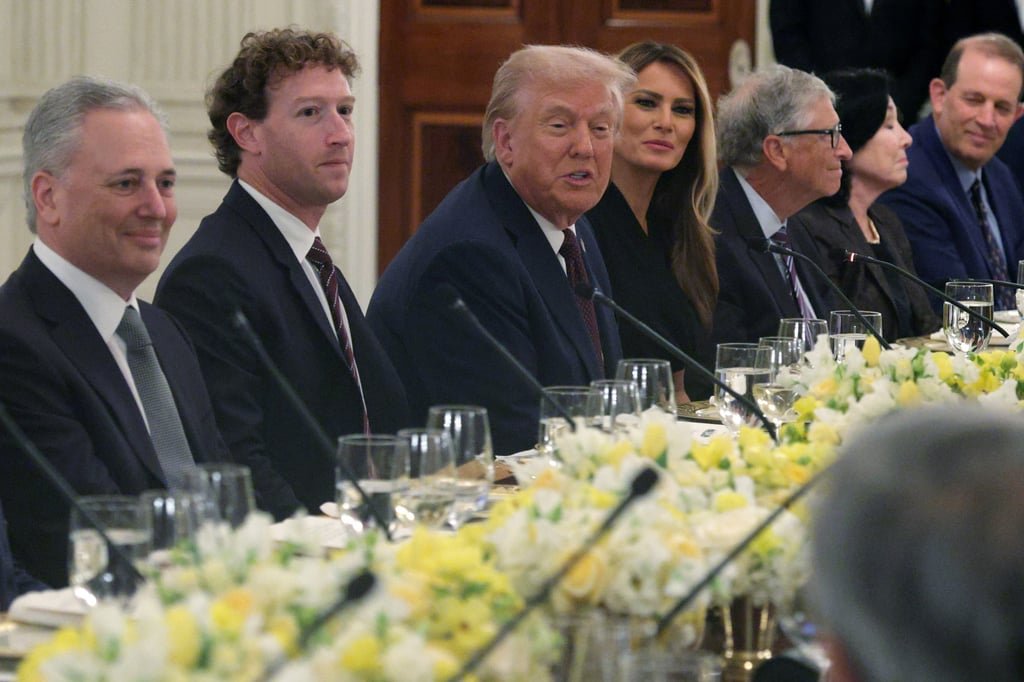Chips have become today’s most critical resource—without them, everything from cars to smartphones grinds to a halt. Now, led by Huawei and Xiaomi, China’s semiconductor push is no longer just about catching up with the West but about challenging the very balance of global tech power.
Huawei and Xiaomi: The Unexpected Architects of China’s Chip Comeback
For years, the United States wore the semiconductor crown, and wore it proudly. But in a twist worthy of a high-stakes drama, China is now surging forward in this critical sector, led by none other than homegrown tech titans Huawei and Xiaomi. Their recent achievements don’t just raise eyebrows in Silicon Valley—they’re causing hand-wringing in Washington. The big question on everyone’s mind: How did China close the gap so fast, and what does that mean for the future of global tech dominance?
A Sanction-Driven Revolution
Let’s rewind to 2019. The United States pulled out its economic playbook and hit major Chinese tech companies with tough sanctions. Think less “gentle nudge” and more “full-on tackle”—especially for Huawei. By cutting off Huawei’s access to crucial components from American heavyweights like Qualcomm and Intel, the U.S. aimed to stall China’s technological ascent and keep the upper hand in semiconductor manufacturing.
Ironically, those sanctions turned out to be the wake-up call China never even knew it needed. Rather than putting on the brakes, the embargo actually floored the innovation pedal. China responded with gusto, pouring billions of yuan into domestic chip manufacturing, research, and building local expertise. The country’s strategy wasn’t just about copying Western tech, but creating a reliable, self-sufficient semiconductor ecosystem. Admittedly, China’s chips aren’t yet hitting the vaunted 3-5 nanometer marks reached by Taiwan and South Korea. Still, they represent a giant leap away from reliance on foreign suppliers.
Huawei and Xiaomi: Champions of China’s Chip Ambitions
The spotlight shines brightest on Huawei. The company hit a major milestone by unveiling its very own Kirin 9000S processor, which now powers the Mate 60 Pro smartphone. Not only is this processor made in China—specifically at the Semiconductor Manufacturing International Corporation (SMIC) in Shanghai—it works around U.S. restrictions, proving advanced semiconductor production is possible on Chinese soil.
Xiaomi’s story runs parallel, though with a slightly different flavor. While not yet outperforming Qualcomm or Apple, Xiaomi has taken big steps to design its own chips, focusing on energy management and camera systems inside its devices. The significance is hard to overstate: these advances help cut the cord with foreign suppliers for essential components, marking a key shift for China’s electronics industry. Official Xiaomi announcements highlight this strategic move (source: mi.com).
The Broader Chinese Strategy and Its Global Impact
Significant as they are, these aren’t just isolated wins for Huawei and Xiaomi. They’re part of a much wider, government-coordinated push. The Chinese government has invested heavily in research institutions, funded local chip foundries like SMIC, and championed new chip architectures such as RISC-V—an open-source, home-turf alternative to Western favorites like ARM or x86. This layered approach lets China define its own industry standards, a clever maneuver to reduce dependence on Western giants.
- Establishing domestic research institutes
- Directly supporting Chinese foundries (e.g., SMIC) for homegrown production
- Encouraging alternative architectures (like RISC-V) to disrupt Western control
Unsurprisingly, all this progress hasn’t escaped American notice. Officials are now openly expressing concern as their long-held dominance faces the prospect of a serious challenge. In fact, industry experts predict that within the next decade, China could fathomably produce high-end chips all on its own, no foreign tech strings attached. This would significantly tilt the global technology landscape—especially for sectors utterly hooked on semiconductors.
The U.S. semiconductor monopoly isn’t just being challenged—it’s being pushed to innovate under pressure. The embargo, initially meant to hold China back, has instead lit a fire under the country’s drive to build a robust, local semiconductor industry. According to The New York Times, the global markets are already feeling the effects of this West-East semiconductor rivalry (source).
Looking Forward: The Semiconductor Tug of War Gets Real
China isn’t waving the victory flag just yet, but the message is clear: sanctions often spark the very innovation they hope to stifle. The rise of Huawei and Xiaomi serves as a masterclass in adaptation and investment. As chips—and the companies that make them—become the backbone of everything digital, neither side can afford complacency.
Here’s the takeaway: the days of technological supremacy being a one-nation show are fast disappearing. The semiconductor race is heating up, and for once, China isn’t simply playing catch-up. Buckle up: the battle for the world’s brains (well, silicon brains) is on.
If you want to keep your finger on the pulse of tech’s ever-shifting landscape, check out the latest insights and discoveries at Glass Almanac. Because in this game, staying ahead of the curve isn’t just smart—it’s survival.
You might also like:

David Miller is an entertainment expert with a passion for film, music, and series. With eight years in cultural criticism, he takes you behind the scenes of productions and studios. His energetic style guides you to the next big releases and trending sensations.






